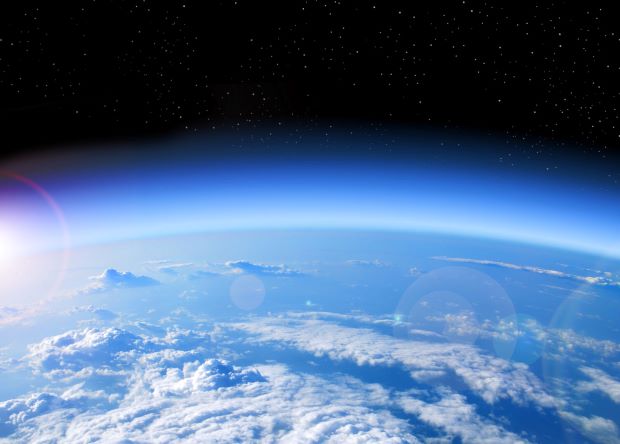On this day in 1985, three scientists from the British Antarctic Survey announced their detection of abnormally low levels of ozone over the South Pole. Their discovery, commonly known as the Ozone Hole, and published in the scientific journal Nature, became a palpable example of mankind’s ability to damage the Earth’s atmosphere as well as one of the most famous success stories in the history of climate activism.
The ozone layer is a region of the Earth’s stratosphere containing high levels of trioxygen, which effectively blocks much of the sun’s most harmful ultraviolet radiation from reaching the planet’s surface. Since the 1970s, scientists have pushed for the regulation of chlorofluorocarbons, chemicals found in everyday items like air conditioners and aerosol sprays, due to their adverse effects on this layer. The Environmental Protection Agency banned the production of CFCs in 1978. It was the Nature paper by Joe Farman, Brian Gardiner and Jonathan Shanklin, however, which specifically revealed the annual depletion of ozone in a spot above the Antarctic.
The international community was uncharacteristically quick to act, perhaps because the seemingly sudden appearance of a “hole” in the atmosphere made for such a compelling and easily understandable story. Within two years, in direct response to the Nature article and corroborating studies, 46 nations signed the Montreal Protocol, pledging to phase out substances known to cause ozone depletion. All 197 members of the United Nations would eventually ratify the treaty, and as a result scientists now predict that the ozone layer will return to its pre-1980 levels before the end of the 21st century. The relative speed and unanimous adoption of the treaty around the world led former UN Secretary-General Kofi Annan to call the Montreal Protocol “perhaps the single most successful international agreement to date.”
-history.com



Comments are closed, but trackbacks and pingbacks are open.